40 diagram the normal spinal curvatures
The cervical spine (the neck) and the lumbar spine (the lower back) both exhibit a slightly concave curve while the thoracic spine (the middle back) has a gentle convex curvature. The curves of the spine work almost like a coiled spring, compressing to absorb shock while still allowing a full range of motion throughout the spinal column. Curves are a normal part of the spine's structure. Looking at the spine from the side (lateral), several curves can be seen (Figure 1-A). From this angle, the spine almost resembles a soft 'S' shape. When viewing the spinal column from the rear (posterior), the spine appears vertically straight -- from the neck to the tailbone (Figure 1-B).
Kyphosis is the correct term for the curvature of the spine in the middle of the back (or thoracic spine). A small degree of curvature is perfectly natural as seen in the diagram above. However, a curve of more than 45 degrees is considered excessive. Sometimes it may be totally asymptomatic but in some cases pain and stiffness can be evident ...

Diagram the normal spinal curvatures
Which one of the following is the correct sequence of nerves that exit the spinal cord, going from superior to inferior: *cervical spinal nerves, thoracic spinal nerves, sacral spinal nerves, lumbar spinal nerves ... Its effect is seen in the normal operation of the digestive system & urinary system ... Diagram the normal spinal curvatures and ... Spinal Curves. In the womb and for a period of time following birth, a baby’s spine is shaped like the letter C. This curve is termed a primary curve, which is Kyphotic. During the time the baby is learning to lift his head and eventually walk, muscles develop. As muscular strength and ability is gained, the baby’s activity will shift body ... 1 answerNormal spinal curvatures serve to maintain center of gravity and support bipedal stance. The normal primary curvatures are thoracic and sacral. The...
Diagram the normal spinal curvatures. on a skull or diagram, identify and name the bones of the skull. understand how the bones of the skull are joined together. ... explain how the abnormal spinal curvatures (scoliosis, lordosis, and kyphosis) differ from one another... know and identify each bone of the bony thorax. The vertebral column (spine or backbone) is a curved structure composed of bony vertebrae that are interconnected by cartilaginous intervertebral discs.It is part of the axial skeleton and extends from the base of the skull to the tip of the coccyx. The spinal cord runs through its center. The vertebral column is divided into five regions and consists of 33 vertebrae interlaced by strong ... Scoliosis is defined as a lateral spinal curvature with a Cobb angle of 10° or more. This abnormal curvature may be the result of an underlying congenital or developmental osseous or neurologic abnormality, but in most cases the cause is unknown. Imaging modalities such as radiography, computed tomography (CT), and magnetic resonance (MR) imaging play pivotal roles in the diagnosis ... Lordosis. Diagram showing normal curvature (posterior concavity) of the cervical (neck) and lumbar (lower back) vertebral column (spine) Specialty. Rheumatology, medical genetics. Lordosis is historically defined as an abnormal inward curvature of the lumbar spine. However, the terms lordosis and lordotic are also used to refer to the normal ...
The normal spine has an S-shaped curve when viewed from the side. ... Scoliosis or a lateral curvature of the spine viewed from the back may be corrected ...Missing: diagram | Must include: diagram A normal spine, when viewed from behind, appears straight. However, a spine affected by kyphosis shows evidence of a forward curvature of the back bones (vertebrae) in the upper back area, giving an abnormally rounded or "humpback" appearance. Kyphosis is defined as a curvature of the spine measuring 50 degrees or greater on an X-ray, a ... a Schematic diagram of the posterior tangent method of Harrison et al. ... hence, any influence of the curvature of the lower spinal regions, a possible determinant of cervical spine curvature ... that there was no significant association between deviations from the normal cervical spine lordosis and the presence, frequency or intensity of neck ... Mild spinal curvature, as occurs with postural kyphosis, may not be treated at all. More severe spinal curvature may require the use of a back brace or surgery. Treatment for lordosis may include:
Spinal Cord Anatomy. In adults, the spinal cord is usually 40cm long and 2cm wide. It forms a vital link between the brain and the body. The spinal cord is divided into five different parts. Several spinal nerves emerge out of each segment of the spinal cord. There are 8 pairs of cervical, 5 lumbar, 12 thoracics, 5 sacral and 1 coccygeal pair ... Pathways / August 21, 2015 / Comments Off on “Normal” Developmental Milestones for Your Child Part 2: Spinal Curvatures / Children's Health and Wellness. By Dr. Madison Snevily “Children are not things to be molded, but people to be unfolded.” – Jess Lair. Vertebral Column - Labelled diagram. cervical vertebrae (C1-C17), thoracic vertebrae (T1-T12), lumbar vertebrae (L1-L5), sacrum (5 fused vertebrae), coccyx, normal spinal curvature, scoliosis, kyphosis, lordosis. [14][15][16]26, 53 Congenital abnormalities that affect the normal spinal curvature include scoliosis, lordosis and kyphosis. In newly born foals signs of scoliosis and lordosis are sometimes seen ...

Woman Scoliosis Flat Vector Illustration Types Of Scoliosis Of Spine Infographics Stock Vector Vector And Low Budget Royalty Free Image Pic Esy 058651144 Agefotostock
The typical cervical spine demonstrates a lordotic curvature, with the open end of the curve facing the back of the body. There should be absolutely no side-to-side curvature in a normal spine, although many people demonstrate mild curves in particular areas. Noticeable side-to-side curvature anywhere in the spine is called scoliosis.
Cmc Pt 130 Wiring Harness. 23.08.2018. 23.08.2018. 4 Comments. on Cmc Pt 130 Wiring Harness. We have the Complete CMC Jack Plate and Tilt Trim Wiring Harness G- and many more outboard motor parts. Free Shipping and great savings. It is not hidden, it is a wiring harness that plugs into the pigtail from the trim motor. The owner mounts it wherever.
Lordosis, kyphosis, and scoliosis are spine curves that can cause pain or discomfort. Lordosis is a natural curve in the neck or lower back. Kyphosis is the natural curve of the upper and mid-back regions. When you look at the spine laterally, you will see several curves (Figure 1). When you look at the spine from the posterior (rear), as in ...
Jan 03, · Diagram the normal spinal curvatures,and then the curvatures seen in scoliosis an lordosis.? a "normal" spine: a gentle S curve, where from the top of ur head ur spine first curves outward away from ur body then back inward (more dramatic than outward curvature) and then again ever so slightly outward.
Curvature Of The Spine: What Is Normal. The spine has three main sections, each with a characteristic spinal curvature; As healthy spines have curvatures that are natural and normal, people can wonder if their spine has an unnatural curvature and how to tell the difference; Keep reading to find out what constitutes an abnormal spinal curvature ...
The normal spine, when viewed from the side, is not a straight line as it is when viewed from the front or back. The thoracic (rib cage) portion of the spine has a normal forward curvature, called "kyphosis," which has a normal range (20 to 50 degrees). See Thoracic Vertebrae and the Rib Cage.
As described above, the normal thoracic spine can has a curvature, or kyphosis, of between 20 to 40 degrees. A greater (or lesser) degree of curve is considered a spinal deformity. When the thoracic portion of the spine curves 45 degrees or more, it is considered a problematic type of thoracic kyphosis.
Answer (1 of 2): The primary curvatures are remnants of the single curvature that was present at birth. In the adult, the two primary curvatures are called the thoracic and pelvic kyphoses. Secondary curvatures are those that develop after birth, with age (in childhood), as an effect of lifting t...
When the spine is observed from the back, it should run straight throughout the middle of the back. If any irregularities of the spine is spotted like the curvatures of the backbone are somehow misaligned or overemphasized in some areas, it is not normal and should have medical attention.
Functional treatment: at 25 - 40 degrees, we continue working to reduce the curvature, addressing the underlying structural nature of the condition, with the ultimate goal of correction and prevention; this is done through achieving a curvature reduction/supporting and stabilizing the spine, and preventing the condition from reaching more severe levels and preventing the need for future surgery.
To compensate for the alterations to their normal line of gravity, women develop a temporary excess lumbar lordosis during late pregnancy. This lordotic ...Missing: diagram | Must include: diagram
A normal curvature of the spine appears in the neck and lower back areas of the spine. When viewed from the side, these soft curves bend forward at the neck (cervical) section and outwards in the lower half (lumbar) of the spine. These normal curvatures of the spine help to distribute bodily stress more evenly during rest and movement.
Find step-by-step Anatomy and physiology solutions and your answer to the following textbook question: Diagram the normal spinal curvatures and then the ...
Download scientific diagram | Normal and Abnormal Spinal curvature from publication: PORTABLE biofeedback device for rehabilitating children with scoliosis between ages of 3-10 years and their ...
Answer (1 of 2): The primary curvatures are remnants of the single curvature that was present at birth. In the adult, the two primary curvatures are called the thoracic and pelvic kyphoses. Secondary curvatures are those that develop after birth, with age (in childhood), as an effect of lifting t...
1 answerNormal spinal curvatures serve to maintain center of gravity and support bipedal stance. The normal primary curvatures are thoracic and sacral. The...
Spinal Curves. In the womb and for a period of time following birth, a baby’s spine is shaped like the letter C. This curve is termed a primary curve, which is Kyphotic. During the time the baby is learning to lift his head and eventually walk, muscles develop. As muscular strength and ability is gained, the baby’s activity will shift body ...
Which one of the following is the correct sequence of nerves that exit the spinal cord, going from superior to inferior: *cervical spinal nerves, thoracic spinal nerves, sacral spinal nerves, lumbar spinal nerves ... Its effect is seen in the normal operation of the digestive system & urinary system ... Diagram the normal spinal curvatures and ...

What Types Of Procedures Are Used To Treat Spine Curvature Disorders Hospital Care And Management Blog

Scoliosis Flat Vector Illustration Types Of Scoliosis Of Spine Infographics Diagram With Spine Curvatures And Healthy Canstock

Kyphosis Lordosis Flat Vector Illustration Spinal Deformity Flat Vector Illustration Kyphosis Lordosis Of Spine Canstock
Plos One Relationship Between Frontal Knee Position And The Degree Of Thoracic Kyphosis And Lumbar Lordosis Among 10 12 Year Old Children With Normal Body Weight

Woman Scoliosis Flat Vector Illustration Types Of Scoliosis Of Spine Infographics Stock Vector Vector And Low Budget Royalty Free Image Pic Esy 058651144 Agefotostock



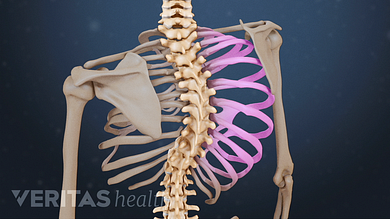
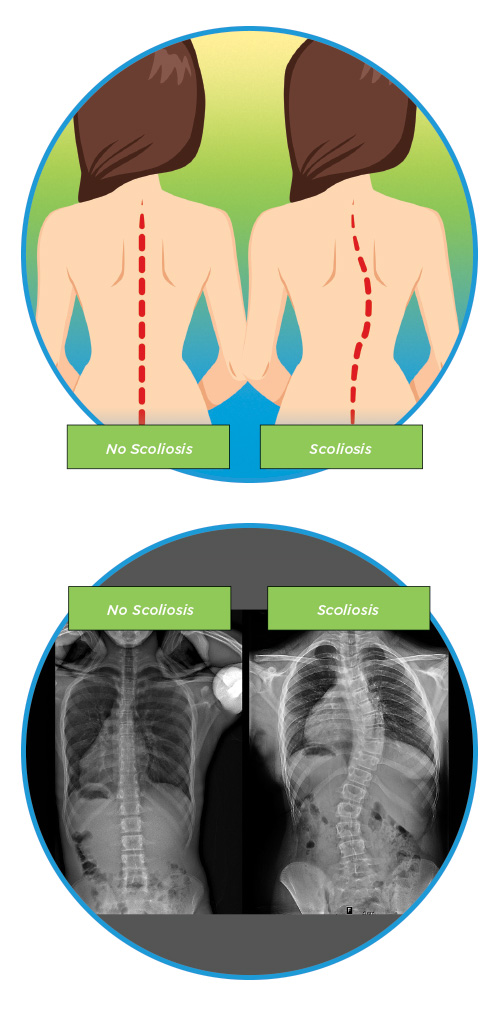




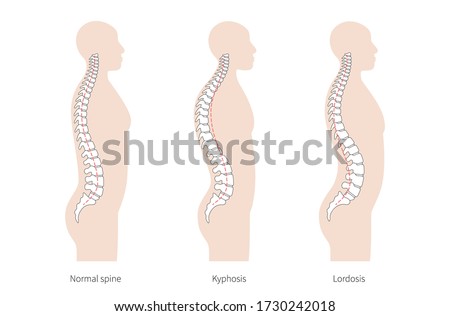

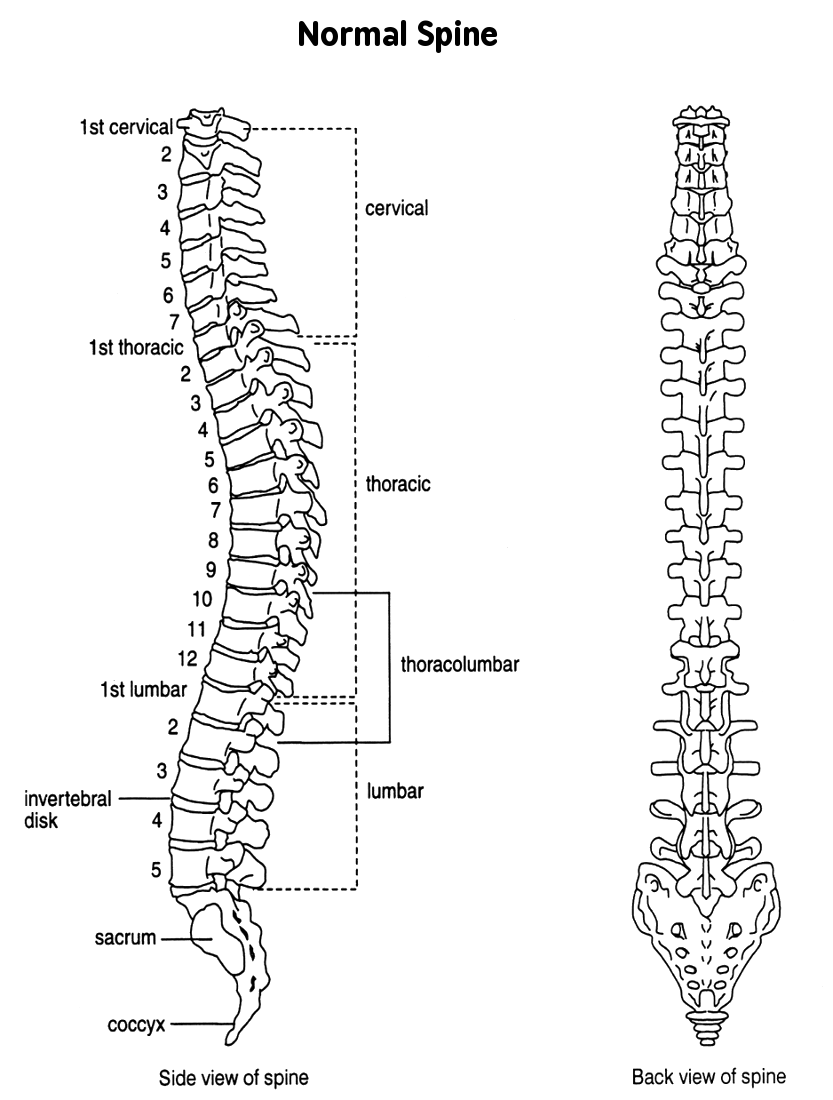
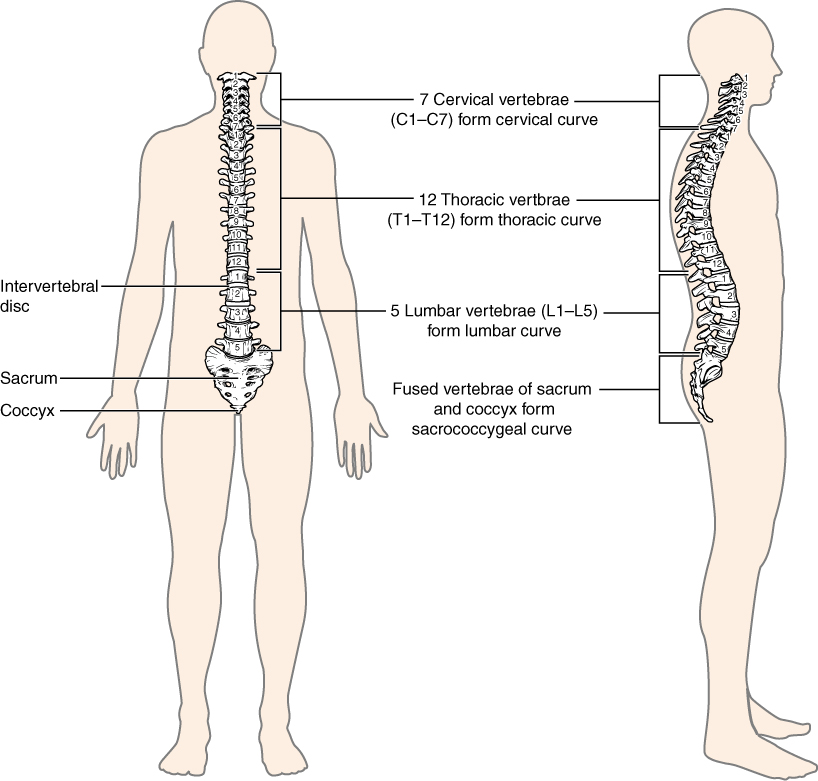



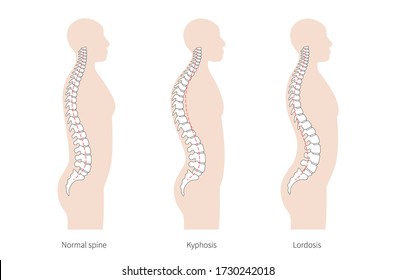



:max_bytes(150000):strip_icc()/GettyImages-140891899-56a05f753df78cafdaa14d24.jpg)


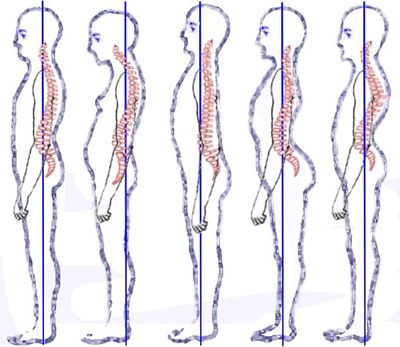
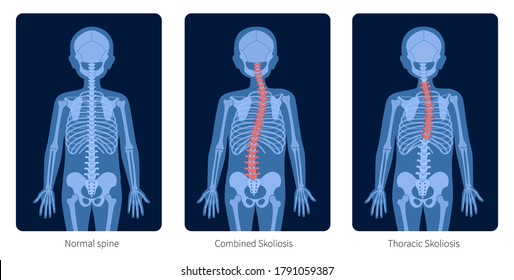
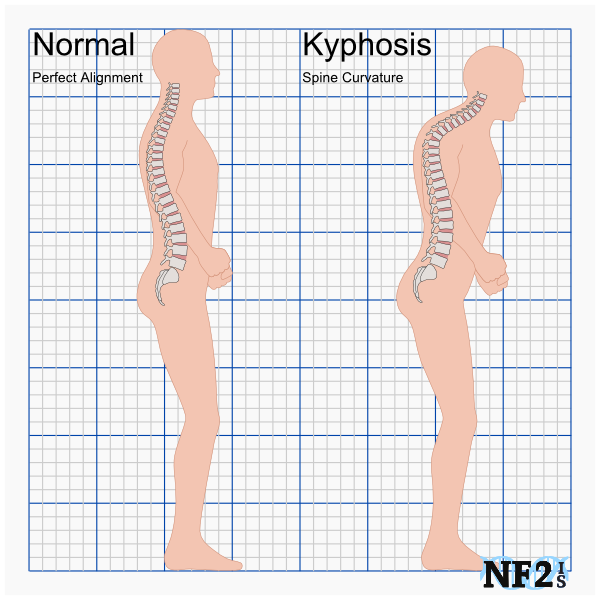



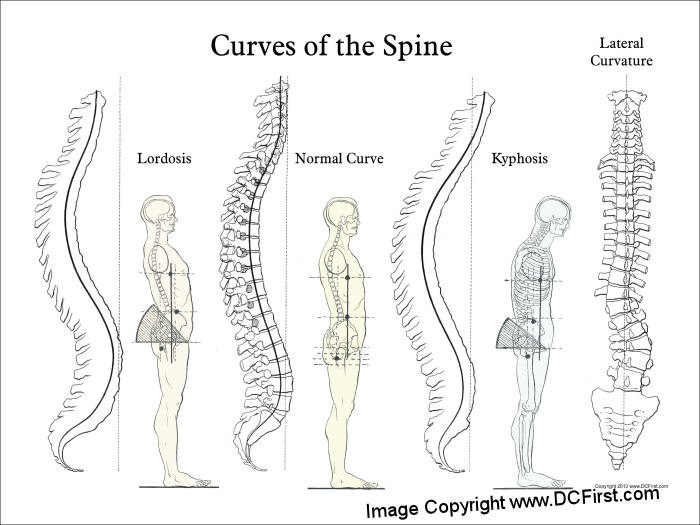

Comments
Post a Comment